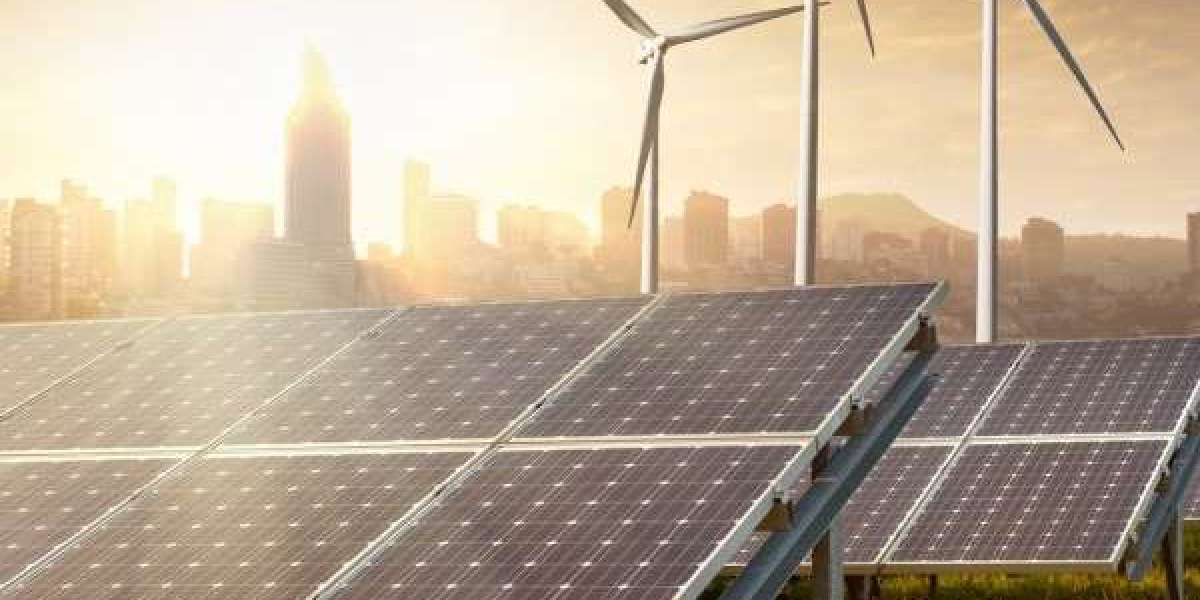Evaluating a Building's Energy Performance
The first step in planning an energy retrofit is to conduct an energy audit of the building. A comprehensive audit will analyze how the building uses energy by examining factors like insulation levels, air leakage, lighting and appliances, heating/cooling systems, and more. Audit tools like infrared cameras and blower doors are used to identify areas where energy is being lost. Utilities can also be analyzed to determine peak energy usage times. This evaluation establishes a baseline of the building's current energy performance and points to the most impactful retrofit measures.
Air Sealing and Insulation Upgrades
One of the most cost-effective retrofit strategies is improving a building's thermal envelope through air sealing and insulation. Older buildings often have numerous air leaks that allow conditioned air to escape to the outside. Energy Retrofit Caulking, weatherstripping, and expanding foam can seal leaks around windows, doors, electrical boxes, plumbing penetrations and more. Insulation levels should also be assessed - attics commonly have inadequate insulation which wastes a significant amount of energy for heating and cooling. Fiberglass, cellulose or spray foam insulation installed in attics, crawl spaces and walls boosts thermal performance.
Window Replacements
Old single pane windows are major sources of heat loss in winter and heat gain in summer. For buildings where windows cannot be renovated, full replacement with high performance double or triple pane windows rated for your climate zone is recommended. Window replacement typically has a strong payback of 5-10 years from energy savings alone. Alternatively, interior or exterior storm windows provide upgraded insulation over existing frames at a lower cost. Properly installed, efficient windows greatly enhance a building'senvelope.
Upgrading HVAC Equipment
Heating and cooling systems in older buildings are often outdated and inefficient. Replacing old furnaces, boilers, air conditioners or heat pumps with new ENERGY STAR rated models can significantly reduce energy bills. When ductwork is accessible, sealing leaks with mastic compound saves on distribution losses as well. Programmable thermostats, HVAC tune-ups and maintenance ensure optimal performance. Geothermal, air-source or ground-source heat pumps are greener retrofit options that provide both heating and cooling from renewable sources.
Get more insights on Energy Retrofit
Search
Popular Posts








